EXCLUSIVE EXCURSIONS

Turkey is a very rich country with many different excursion alternatives along the Turkish Coast. It will be a pleasure to show you the natural beauties and historical sites of our country with special itineraries and multi lingual guides for your trips.

Marmaris
One of Turkey’s most popular seaside resorts, Marmaris is a picture-perfect setting of pine-clad mountains, sandy white beaches, turquoise waters and historic architecture. Located along the Turkish Riviera in southwest Turkey, this stunning cruise port is a tourist paradise with exceptional sightseeing opportunities, water sports, adventure, fantastic dining and buzzing nightlife. Various boating tours take visitors exploring around the picturesque bays and neighboring villages. If that is not enough, there are a number of day trips from Marmaris to outstanding destinations like Dalyan, Ephesus, Pamukkale and Cleopatra Island
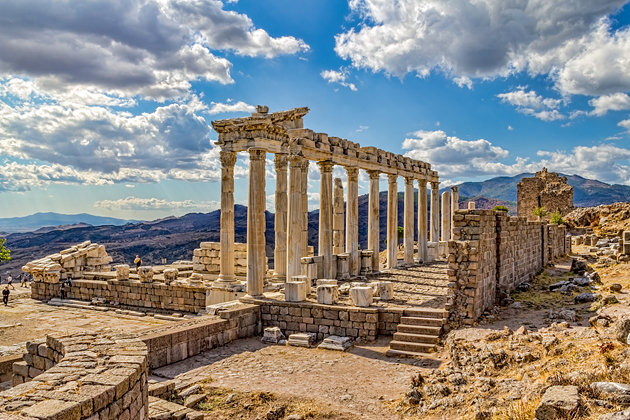
Pergamum
Turkey has an abundance of Greco-Roman ruins, but none can be so romantically placed as ancient Pergamum in modern-day Bergama. Once home to one of the ancient world’s most important libraries, Pergamum’s remaining temple remnants now preside dramatically on a hilltop. It’s an incredibly atmospheric place to explore, with an Acropolis area and a theater cut into the hillside with sweeping panoramic views from its top seating tiers. This is a great place to visit if you want to get a real feel for life in the Roman era.
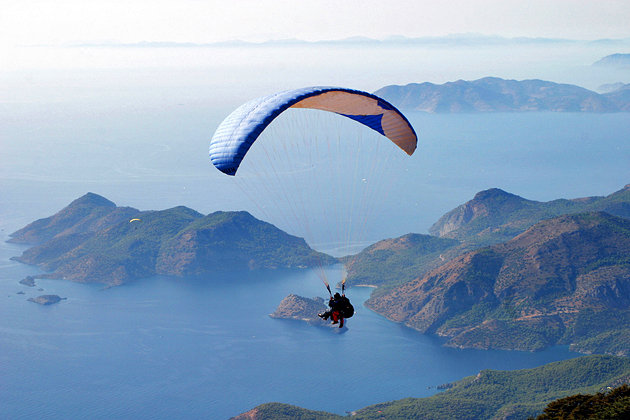
Ölüdeniz
Impossibly turquoise-blue water. Check. Lush green forest tumbling down a cliff to a white sand beach. Check. The sheltered inlet of Ölüdeniz, just a short journey from Fethiye, is Turkey’s most famous beach, and with scenery that might as well have fallen off a perfect postcard, it’s easy to see why its popularity hasn’t waned. If the beach gets too crowded, it’s time to take to the skies and experience the stunning aerial views on a tandem paragliding dive off the summit of mighty Babadaǧ Mountain, which rises up behind the shore.
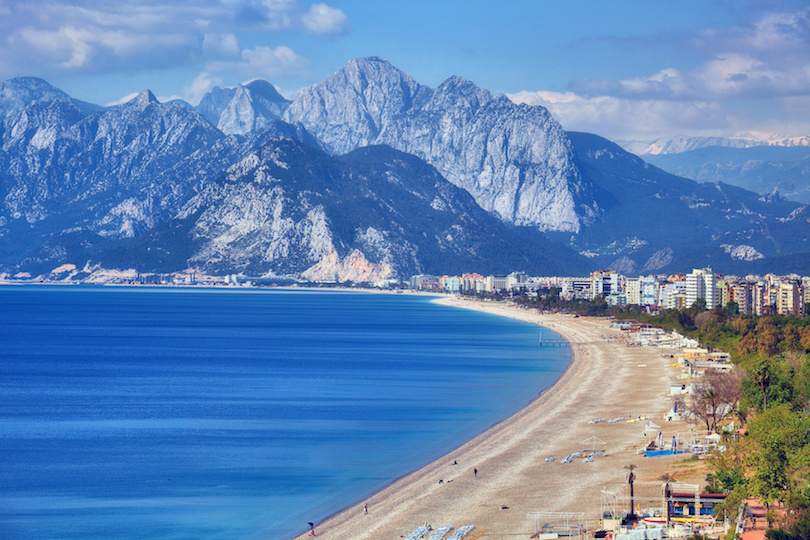
Antalya
Nestled along the beautiful Turkish Riviera on the Mediterranean coastline, Antalya is a large, vibrant city welcoming tourists with numerous resorts, hotels, bars and restaurants. Spectacular scenery frames the city with gorgeous beaches and lush green mountains dotted with ancient ruins. From swimming and sailing to mountain climbing, sightseeing and family fun, Antalya offers something for everyone. A walk around Kaleiçi, the Old Quarter, offers a step back into the city’s ancient past with views of the old city walls, Roman gates, maze-like streets and historic structures that include the Clock Tower.
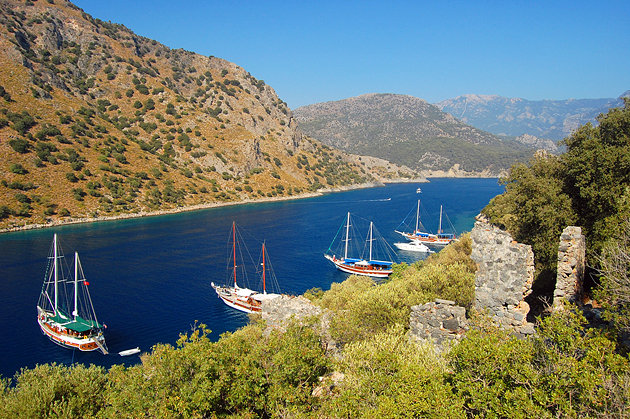
Cruising the Mediterranean
Turkey’s Mediterranean coastline has ruins galore and bags of things to do, but for many people, it’s all about soaking up the sun while enjoying the gorgeous coastal views. Cruising on a yacht is the number one activity for visitors to Bodrum and Fethiye for good reason. The steep forest-clad slopes, hidden coves sporting tiny white sand beaches, and hundreds of scattered islands are the perfect place for exploring by sea. Even diehard landlubbers will be impressed. One of the most famous trips is known as the “Blue Cruise” and travels from Fethiye south down the coast until disembarking near Olympus, home to the famous natural phenomenon of the Chimaera.

Side
A major port in ancient Pamphylia and occupied by Alexander the Great in 4th century BC, Side today is a picturesque town of classic ruins and modern day resorts overlooking sandy white beaches. Located on a small peninsula, Side offers fantastic sightseeing, dining and nightlife. Its star attraction is an excavated site of ancient Hellenistic and Roman ruins that include the remnants of a colossal amphitheater and various temples. Featuring narrow streets and attractive gardens, the charming town of Side offers many restaurants ranging from delis and pizza shops to upscale dining in a variety of cuisines.

Aspendos
Just south of Antalya, the jaw-dropping mammoth bulk of the Roman Theater of Aspendos celebrates the pomp and ceremony of Marcus Aurelius’ rule. Considered the finest surviving example of a classical age theater still standing in the world, it is one of antiquity’s star attractions. Although the theater is the main reason for a visit here – and for most visitors on a half-day trip from nearby Antalya or Side the theater is all they see – there are more ruins to explore over a vast hilly area if you have time.
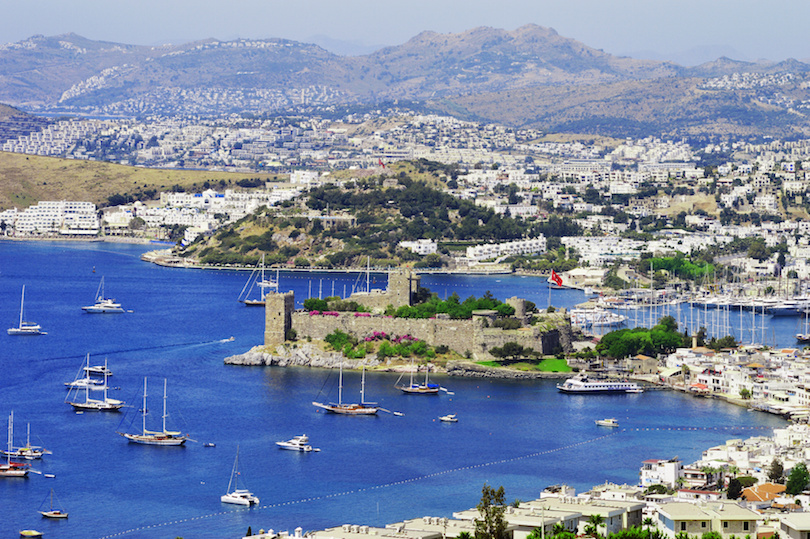
Bodrum
Located in the southern Aegean region of Turkey, Bodrum was once home to the Mausoleum, one of the Seven Wonders of the Ancient World. Today, its intriguing ruins, stunning beaches and cliff-top resorts attract people from all over the world. No visit to Bodrum would be complete without seeing the Castle of St. Peter, also known as Bodrum Castle. Built from 1402 by the Knights Hospitaller it now operates as a museum. On Bodrum’s eastern side, tourists will find a beautiful beach overlooking brilliant blue water. Near the beach are plenty of cafes, bars and nightclubs. On the western side of town is the marina, shopping centers and restaurants.

Ani
The derelict buildings of the powerful Silk Road city of Ani sit abandoned on the plains close to Turkey’s modern border with Armenia. Once the Armenian capital, Ani’s golden age came to an end in the 14th century after Mongol raids, earthquake destruction, and trade route tussling all played their part in the city’s decline. The beautiful red brick buildings still crumbling away amid the steppe grass have a mesmerising effect on all who visit. Don’t miss the Church of the Redeemer or the Church of St. Gregory, with their elaborate stone masonry and fresco remnants still visible.

Ephesus
Europe’s most complete classical metropolis, Ephesus is an ancient site located in Aegean Turkey. By the 1st century BC, Ephesus was one of the largest cities in all of the Roman Empire, boasting one of the Seven Wonders of the Ancient World, the Temple of Artemis. The ruins of Ephesus are well preserved and contained within a large archaeological site, making it one of Turkey’s most popular tourist attractions. Its attractions include the massive Theater, the Temple of Hadrian and the magnificent Celsus Library, a two-story structure that was built to house more than 12,000 scrolls.

Mount Nemrut
The top sightseeing drawcard for Eastern Turkey, Mount Nemrut’s summit funerary mound is scattered with the broken remnants of once mammoth statues, which guarded it. This weird and lonely place has to be one of Turkey’s most peculiar archaeological sites. The giant stone heads of long-forgotten gods stare out from the summit, casting an eerie atmosphere over the barren mountaintop. The time to come is at sunrise, so you can watch the statues as they loom out of the dark.
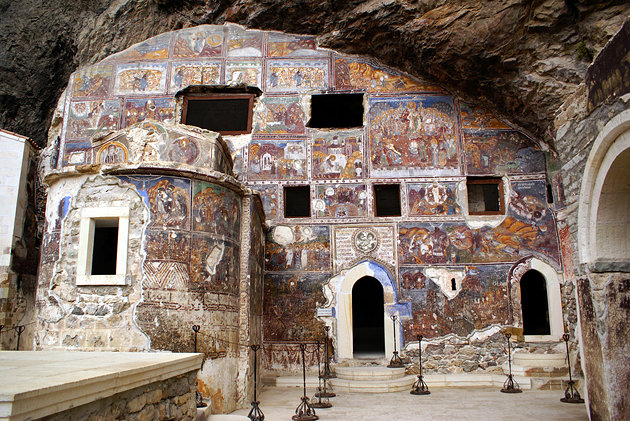
Sumela Monastery
With its stunning, lonely setting, built into a cliff face, Sumela Monastery (Monastery of the Virgin Mary) is the star attraction for visitors along the Black Sea Coast. Wandering around this abandoned religious complex, with its church interiors crammed with dazzling and vibrant frescoes, is a must for anyone who makes the long journey to Turkey’s northeast region. The monastery first opened during the Byzantine era and was only closed in 1923. Today, wandering its empty cells, it’s easy to imagine the isolated lives of the monks who once lived here.

Pamukkale
One of Turkey’s most famous natural wonders, the pure white travertine terraces of Pamukkale (“Cotton Castle” in English) cascade down the slope looking like an out-of-place snowfield amid the green landscape. Although the travertines are themselves a highlight of a Turkey trip, the vast and rambling ruins of Roman Hierapolis, an ancient spa town, lie on the top of this calcite hill, providing another reason to visit. For the best photographs, come at dusk when the travertines glow as the sun sinks below the horizon.

Cappadocia
Situated in Central Anatolia, Cappadocia is best known for its fairytale landscape of unusual formations resembling chimneys, cones and pinnacles. Natural processes such as ancient volcanic eruptions and erosion have all sculpted these odd formations over the ages. Thousands of years ago, mankind added remarkable touches to the landscape by carving out houses, churches and underground cities from the soft rock. The Hittites were the first to chisel out underground tunnel complexes, seeking safety from invading Persians and Greeks. Much later Christians sought refuge in Cappadocia’s tunnels and caves. Today, some of the caves in the region are actually hotels and cater to tourists.
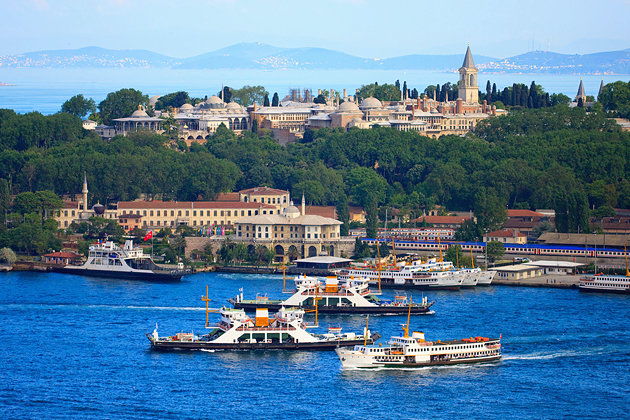
Topkapı Palace
Sumptuous beyond belief, the Topkapı Palace takes you into the fantastical, opulent world of the sultans. It was from here that the sultans of the Ottoman Era carved out an empire that would extend up into Europe and down through the Middle East and into Africa. The interiors, with their decadently exuberant tiling and lavish jeweled decor, are an unforgettable peek into the Ottoman’s power base. The surrounding public gardens were once the sole domain of the Royal Court but are now open to the public and provide a tranquil, green respite from the city streets.

Aya Sofya
Renowned as one of the most beautiful buildings in the world, the spellbinding Byzantine glory of the Aya Sofya Museum (Hagia Sophia) is not only one of the top things to do in Istanbul, but also in Turkey. The staggering bulk of its exterior is rimmed by the delicate minarets added after the Ottoman conquest, while the sumptuous and cavernous frescoed interior is a grand reminder of old Constantinople’s might and power. This famed monument is a must-do for every tourist visiting the country.


